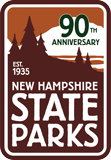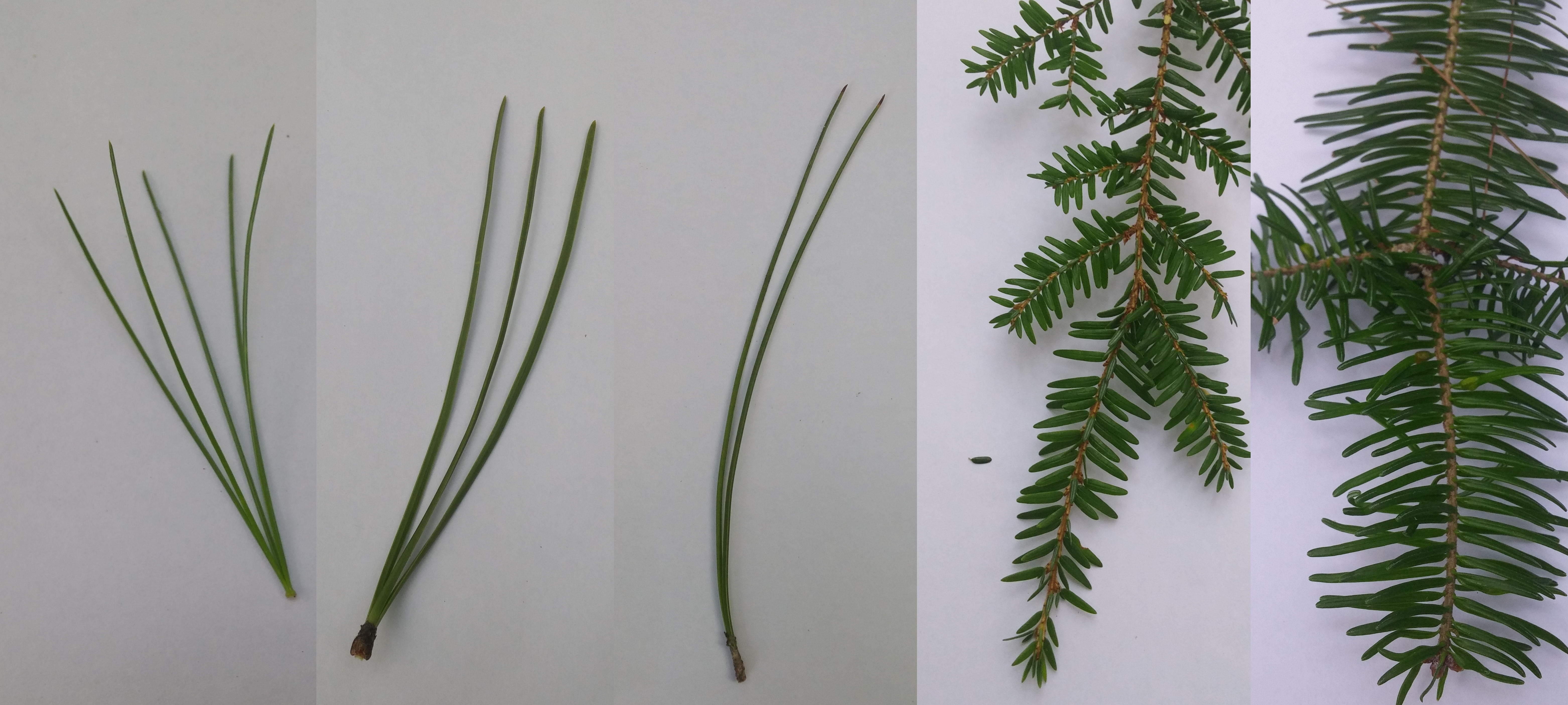Take a walk on the “Around the Lake” trail at White Lake State Park and try to find these fascinating things:
Geology
There is a way to gauge how fast an intrusive granite rock has cooled based on its crystal sizes. If the molted rock cools down very fast there isn’t much time for crystallization. However, if the cooling takes place over a longer period of time and other conditions are right such as pressure and mineral concentration, crystal growth can be quite impressive. While on the hike around White Lake try to find two rocks and compare them to see which one cooled faster and slower.

Common Loon
The common loon nests on White Lake and are a protected species in New Hampshire. The legs on the common loon are placed very far back on its body. This helps them propel through the water like a torpedo, but contribute heavily to their inability to walk on land. They have many great adaptions that help them live in the water. The tops of their beaks and tongue are lined sharp barbs that help hang on to slippery fish. Unlike most other birds, the common loon has solid bones that help reduce its buoyancy and swim with ease. This does hurt its ability to fly. Like an airplane the common loon need to build up speed before they take off. This can sometimes take up to ¼ of a mile. Taking the hike at dusk or dawn will increase your chances of hearing the loons.
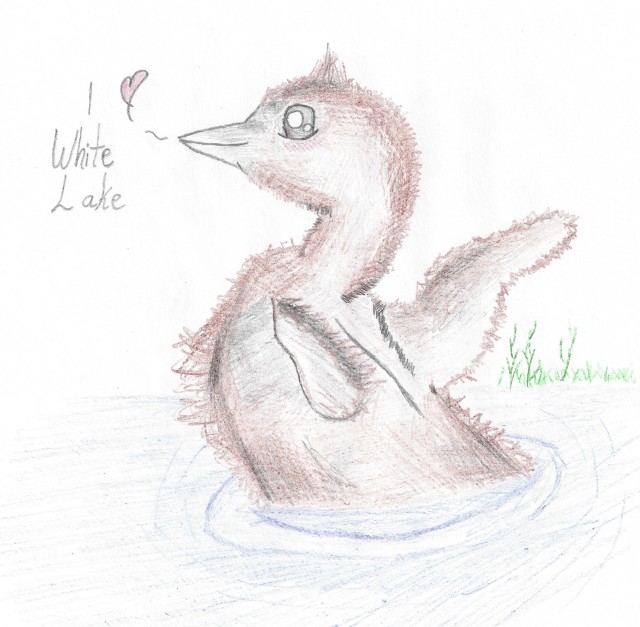
Common loon chicks are covered in brown/black down and will appear in late June or July. For the first few weeks of life they hitch rides on their parents back to conserve heat and avoid predators. The chicks depend heavily on Mom and Dad for the first 8 weeks of their lives, by 12 weeks they will be almost entirely self-sufficient. The common loon doesn’t start breeding until six to seven years old.
Moss
Sphagnum moss is found along the shore of White Lake and in the bogs on the Pitch Pine and Black Spruce trail.. This moss, along with other vegetation will die and slowly get pushed into the bottom and middle of the bog, forming peat. The highly acidic water is low in oxygen content making the decomposition process very slow. This process precipitates iron in the ecosystem because Sphagnum moss bio-accumulates this metal. Bog iron was widely sought after in colonial North America.
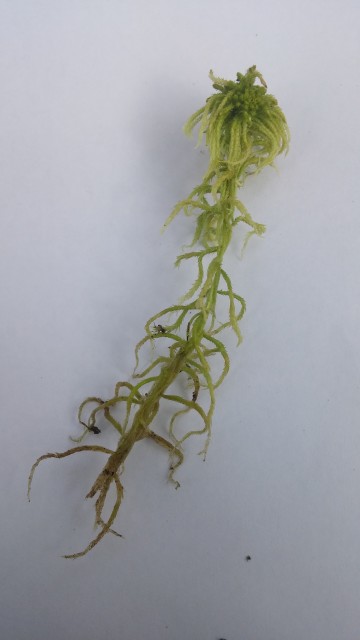
Insects
Trees are an important part of insect life-cycles and provide food, nesting locations and areas to overwinter. To protect New Hampshire forests it is important not to move firewood to stop pest species such as the asian long-horned beetle. There are native beetles such as the North Eastern Pine Sawyer. If you see something that looks like a Asian long horn beetle you can capture it and contact your local Department of Agriculture for information and identification.
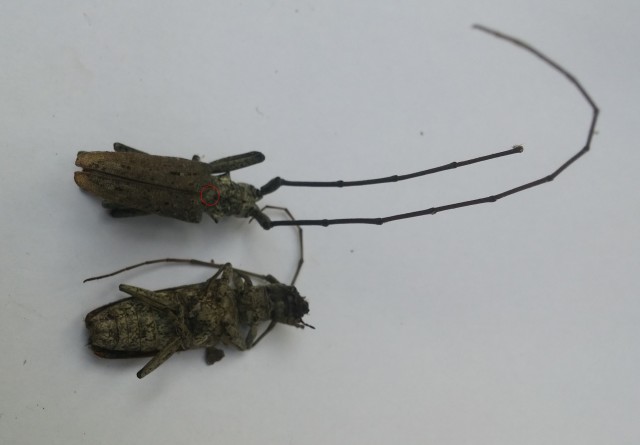
Trees
Tree species are broken up into two broad categories, deciduous (trees with leaves) and evergreen (trees with needles). How do you tell the difference between the evergreen tree species? Take a look at their needles! White pines have clusters of five needles. This is easy to remember because there are five letters in the word “white”. The needles also have a nice bluish tint in them. Red pines and pitch pines are very similar in appearance, but pitch pines have three needles whereas red pines only have two. It’s also difficult to tell the difference between fir and hemlock trees apart. Hemlock needles are smaller, more organized, and flatter on the twig. I think of short hair to describe hemlocks. Fir trees have longer needles and are more disorganized. They tend to deviate from the flat plane on the twig. I think of fir trees as if the stem is mangled fur.
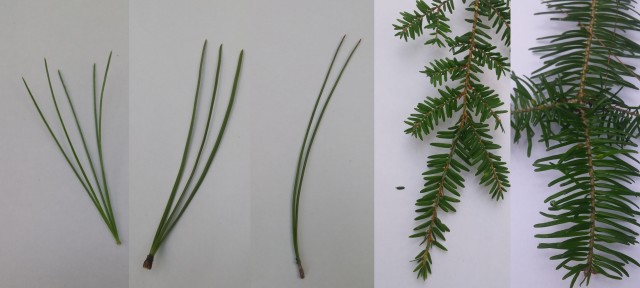
Lichen
Lichen is a composite organism that has a symbiotic relationship with fungi. Lichen offer nutrients to the fungus by performing photosynthesis. The fungi has a network of filaments that gather moisture for the lichen. These filaments also provide protection from the environment and offer an anchor for the lichen to grow.
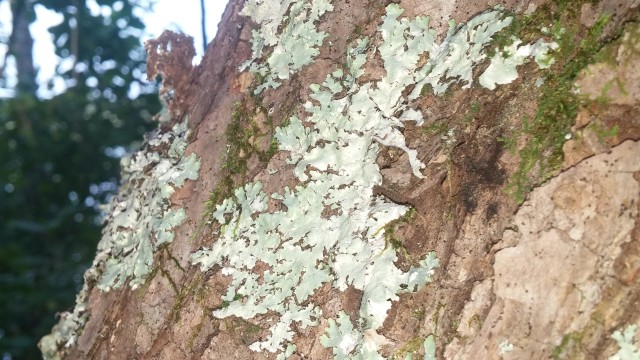
I’ve hiked around White Lake countless times this summer. It seems that every time I do something new happens or I learn a little bit more about the park. Below is a video that I was lucky enough to capture during one of my Day Escapade programs. I never thought I would see these creatures here in the park but nature will always find a way to surprise me. So if you’re finishing this blog post in your chair, or coming upon the end of the trail on your phone I highly encourage you to keep on exploring. Visiting White Lake State Park is something every family should do because the swimming is perfect, the view is majestic, and the pure feeling of exploration brings an almost nubile sense of wonder to all the patrons.
-Ryan Kintz, White Lake Interpreter
